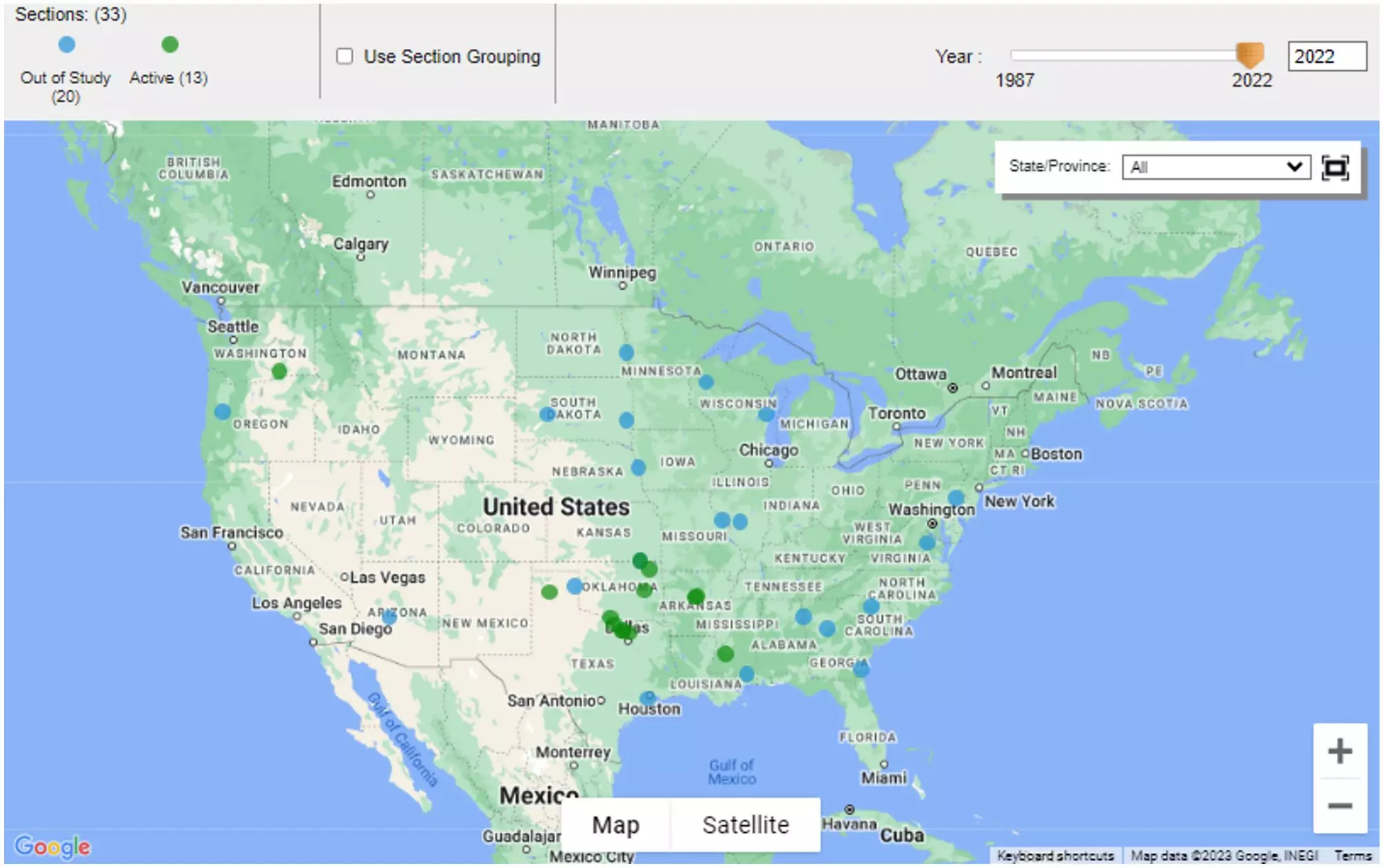Reinforced concrete is ubiquitous in contemporary architecture and civil engineering, forming the backbone of infrastructure that includes highways, skyscrapers, and bridges. Despite its renowned strength and resilience, this material is not impervious to deterioration. One significant issue that engineers face is spalling, where cracks form due to the corrosion of embedded steel bars, leading to extensive damage over time. Recent advancements in machine learning are providing hopeful solutions to predict and mitigate these damaging events, aiming to prolong the life of concrete structures and safeguard public safety.
Spalling typically occurs when the reinforcing steel bars within the concrete begin to corrode. The process of corrosion causes the steel to expand, exerting pressure on its concrete encasement. If left unchecked, this can cause cracks to appear and worsen, potentially compromising the integrity of pavements and various building types. According to experts, the consequences of neglecting spalling can be dire: not only does it affect the longevity of infrastructure, but it also poses an urgent risk to the safety of its users.
The study led by researchers at the University of Sharjah proposes a solution to this daunting challenge through the development of novel machine learning models that accurately predict spalling by analyzing a variety of influencing factors.
Machine Learning as a Predictive Tool
The innovative research published in the journal *Scientific Reports* outlines how statistical and machine learning techniques can be harnessed to forecast when concrete deterioration might occur. Through a comprehensive approach that combines descriptive statistical analysis with machine learning, the researchers delve into the key factors affecting spalling.
The critical variables identified include environmental elements such as temperature, precipitation, and humidity, as well as structural attributes like the age and thickness of the concrete. Additionally, traffic variations were considered through the Annual Average Daily Traffic (AADT) metric, which offers insights into the stress that traffic places on pavement structures.
By conducting rigorous regression analyses of these parameters, the researchers found significant correlations, particularly highlighting the age of the concrete and climatic conditions as pivotal determinants of spalling.
The Role of Adaptive Modeling Techniques
The researchers opted to use Gaussian Process Regression and ensemble tree models for their predictions, capitalizing on their ability to manage complex relationships within the dataset. These machine learning techniques are especially noted for their versatility and accuracy in handling intricate variables, providing engineers with actionable intelligence regarding when and how spalling may manifest.
Dr. Ghazi Al-Khateeb, the lead author of the research, emphasized the necessity for engineers to carefully select the most suitable model for their specific situation. The performance of predictive models can vary based on the characteristics of the dataset, necessitating a tailored approach for optimal results.
This pioneering study has huge implications for pavement engineering and infrastructure management. The insight it provides into the dynamics of spalling not only contributes to theoretical advancements but can fundamentally alter the practical strategies employed in maintenance and oversight of concrete structures.
By understanding and predicting critical deterioration factors, practitioners are now equipped to formulate more effective maintenance strategies. With a focus on age, traffic loads, and the variable conditions of the pavement thickness, engineers can significantly bolster the longevity and safety of infrastructures.
As urban areas expand and the infrastructure ages, the challenge of maintaining and ensuring the safety of concrete structures becomes increasingly critical. The ability to predict spalling through machine learning models constitutes a significant advancement in the field of civil engineering.
As municipalities and agencies consider integrating these predictive tools into their maintenance protocols, the outlook for safer, more durable concrete pavements appears promising. Ultimately, the synergy of technology and engineering practices heralds a new era in infrastructure management—one where data-driven decision-making will play a crucial role in ensuring that our built environment remains safe, functional, and resilient for generations to come.

